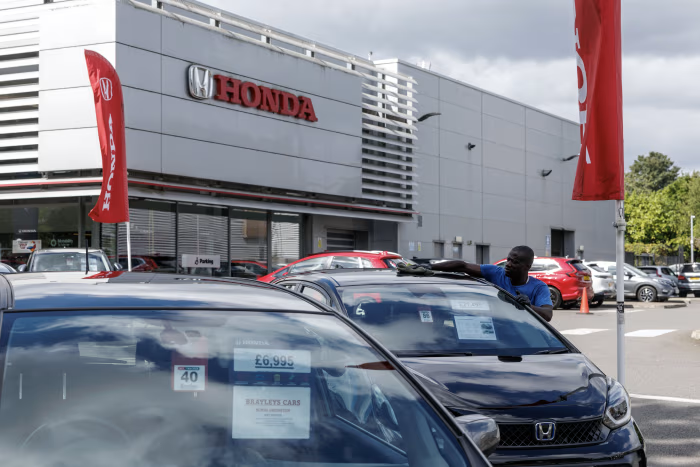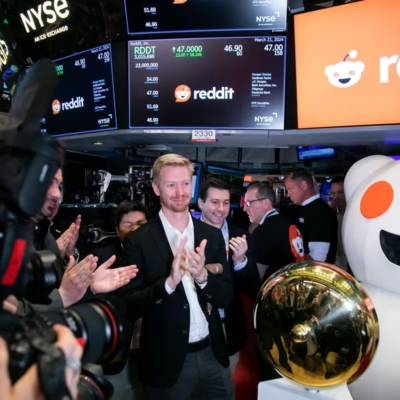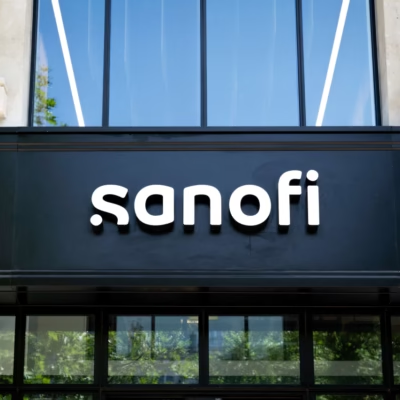In a troubling sign for one of the world’s leading automakers, Honda Motor Co. has reported a noticeable profit drop in its latest quarterly earnings. The Japanese company attributes the decline to a mix of U.S. import tariffs and rising losses from its electric vehicle (EV) ventures. While Honda continues to innovate in the competitive auto industry, the company is facing a difficult period of transition—financially and strategically.
Let’s take a closer look at what’s going on behind the scenes, how this situation developed, and what it might mean for the future of Honda and the automotive market in general.
Understanding the Honda Profit Drop
Honda Motor Co. recently released its earnings for the quarter ending June 30, 2025. The report revealed that net profit dropped by over 25% year-on-year, falling well short of analysts’ expectations. This marks one of the largest quarterly declines Honda has faced in recent years.
The two main reasons behind this profit drop are:
- Increased U.S. tariffs on vehicles and auto parts imported from overseas, particularly from Japan
- Heavy investments and ongoing losses in the company’s push towards electric vehicles
While both are tied to broader global trends, their impact on Honda has been particularly sharp.
U.S. Tariffs Take a Toll
One of the key drivers of Honda’s profit woes is the impact of newly imposed U.S. tariffs. In an effort to protect domestic manufacturing, the U.S. government has imposed higher tariffs on foreign-made vehicles and components. As a result, Japanese automakers like Honda are now paying more to bring their products into the American market—still one of the most important regions for their business.
How Tariffs Hurt Automakers
- Increased Production Costs: Honda manufactures many of its parts and vehicles overseas. Tariffs have raised the cost of importing these goods.
- Pricing Pressure: Honda can either absorb the tariff costs or pass them on to customers. Neither option is ideal. If they absorb the costs, profit margins shrink. If they raise prices, they risk losing customers to competitors.
- Supply Chain Disruptions: Tariffs often lead to rerouting supply chains, renegotiating contracts, or seeking new suppliers—each of which brings delays and extra expenses.
In a press conference following the earnings announcement, a senior Honda executive said, “We are being forced to rethink how we structure our supply chains and where we manufacture certain vehicles. The tariffs are forcing difficult choices.”
EV Ambitions Bring Growing Pains

The second major factor in the Honda profit drop is the financial strain of electric vehicle development. Like many global automakers, Honda is investing heavily in EV technology to meet future emission standards and consumer demand. However, those investments have not yet translated into major sales or profits.
The Cost of Going Electric
- High R&D Spending: Honda is investing billions in research and development for electric platforms, battery technologies, and charging infrastructure.
- Slow EV Adoption: While EV sales are growing, they still make up a relatively small portion of Honda’s global sales. The transition is slower than expected.
- Joint Ventures and Partnerships: Honda’s partnerships, such as its collaboration with General Motors on EV production, are still in early stages and require time and capital to bear fruit.
In its earnings report, Honda mentioned over $1.4 billion in losses from its EV segment in the past year alone.
EV Market Challenges
The EV market is promising but competitive. Honda is going up against established players like Tesla and BYD, as well as legacy rivals like Toyota, Ford, and Volkswagen. Unlike traditional combustion-engine vehicles, electric cars come with their own challenges: battery costs, limited charging networks, and consumer concerns about range.
Global Factors Adding to the Strain
While tariffs and EV costs are the most direct reasons for the Honda profit drop, global macroeconomic factors also played a role.
Slowing Global Demand
- High interest rates in key markets like the U.S. and Europe are dampening consumer demand for new cars
- Inflation is driving up the cost of raw materials and logistics
- Uncertainty over fuel prices, regulations, and subsidies is causing many customers to delay car purchases
Currency Fluctuations
The Japanese yen has remained weak against the U.S. dollar, which on one hand helps exports, but on the other inflates the cost of importing parts and materials priced in dollars.
How Honda Plans to Recover
Despite the disappointing earnings, Honda executives expressed cautious optimism during the announcement.
Cost-Cutting Measures
Honda has announced a number of initiatives to reduce operational costs, including:
- Shifting more production to North America to avoid tariffs
- Streamlining manufacturing processes
- Scaling back low-margin product lines
Accelerating EV Rollout
Honda is also planning to fast-track the launch of new EV models, especially in the U.S., China, and Europe. The company will:
- Launch a new line of affordable EVs by 2026
- Expand EV production at its plants in Ohio and Ontario
- Strengthen partnerships with battery suppliers and charging network companies
Investing in Hybrid Models
Recognizing that the full transition to electric will take time, Honda is also doubling down on hybrid vehicles, which have shown strong demand and better margins.
Analysts React to Honda’s Earnings
Industry analysts had mixed reactions to the news of Honda’s earnings decline.
Moody’s Investors Service noted that while the profit drop is concerning, Honda’s strong balance sheet gives it room to maneuver and invest in long-term growth.
Goldman Sachs analysts suggested Honda needs to move faster in electrification and reduce its dependence on U.S. imports.
Some auto experts believe Honda is simply going through the growing pains that all legacy automakers must face in the transition to cleaner, more sustainable transport.
Consumer Impacts: What It Means for Buyers
If you’re considering buying a Honda car soon, what do these financial updates mean for you?
Possible Price Increases
Due to the tariffs and rising production costs, some Honda vehicles may become more expensive, especially in the U.S.
More Electric and Hybrid Options
Consumers can expect to see more Honda EVs and hybrids in showrooms starting in late 2025 and early 2026, especially models with improved range and pricing.
Incentives and Discounts
To boost sales amid slowing demand, Honda dealerships may offer special financing deals or discounts on current models.
What’s Next for Honda?
The coming months will be crucial for Honda. The company must find a way to navigate trade tensions, cut losses in its EV segment, and prepare for a future where electric vehicles dominate the roads.
Honda’s legacy as a reliable, fuel-efficient, and customer-friendly brand is still strong, but the road ahead is filled with challenges. If the company can adapt its strategy and streamline its operations, it has a good chance of bouncing back stronger.
Conclusion: Honda’s Road Ahead
The Honda profit drop in this quarter is a wake-up call for the company and a snapshot of the larger changes reshaping the global auto industry. Tariffs, electric vehicles, global competition, and changing consumer preferences are pushing automakers into a new era.
For Honda, the focus now must be on efficiency, innovation, and adaptability. With the right strategy, this drop could just be a bump in the road toward a more sustainable and profitable future.
Do Follow USA Glory On Instagram
Read Next – Blackstone TechnoPro Deal: Plans to Take It Private Soon






